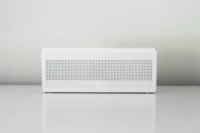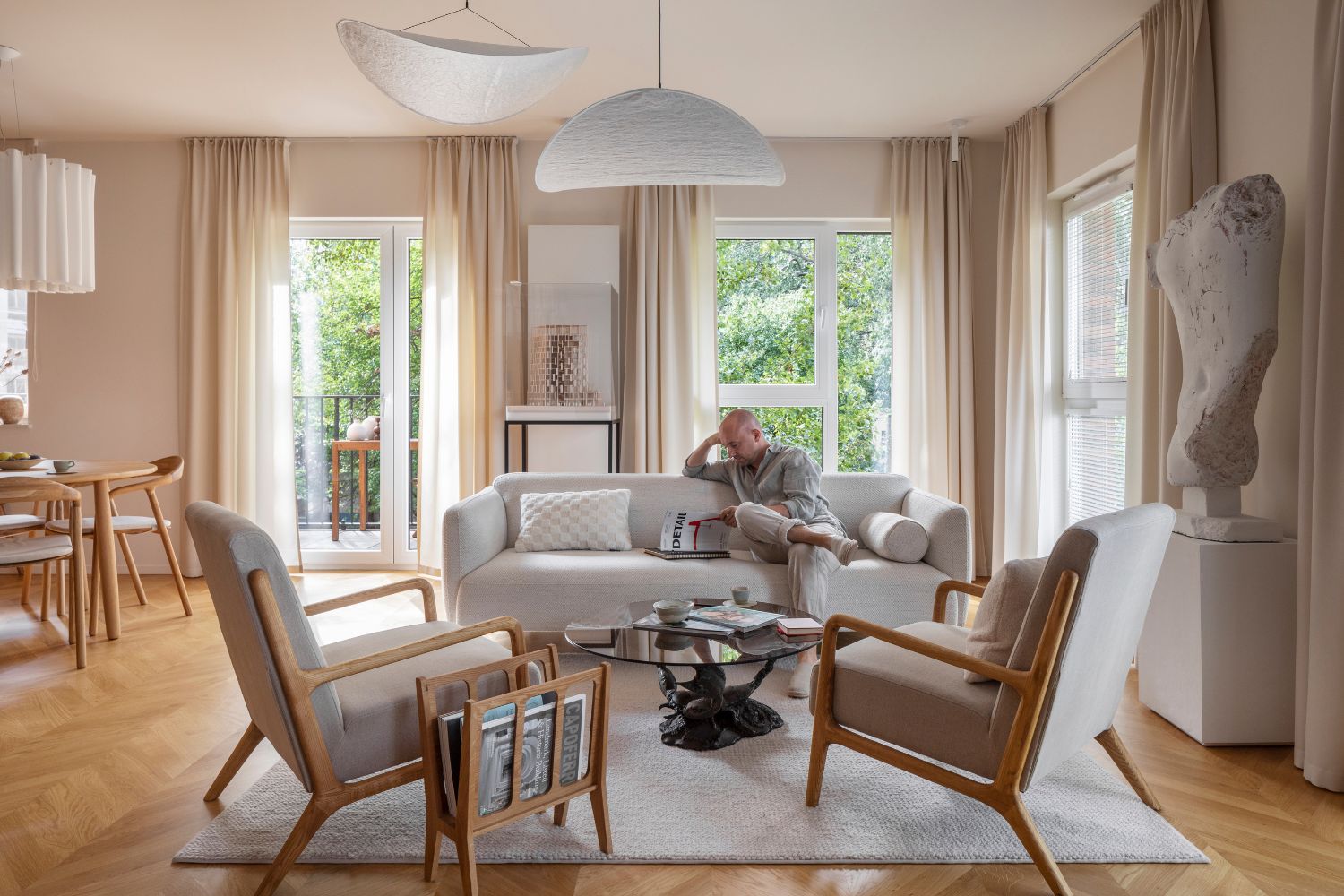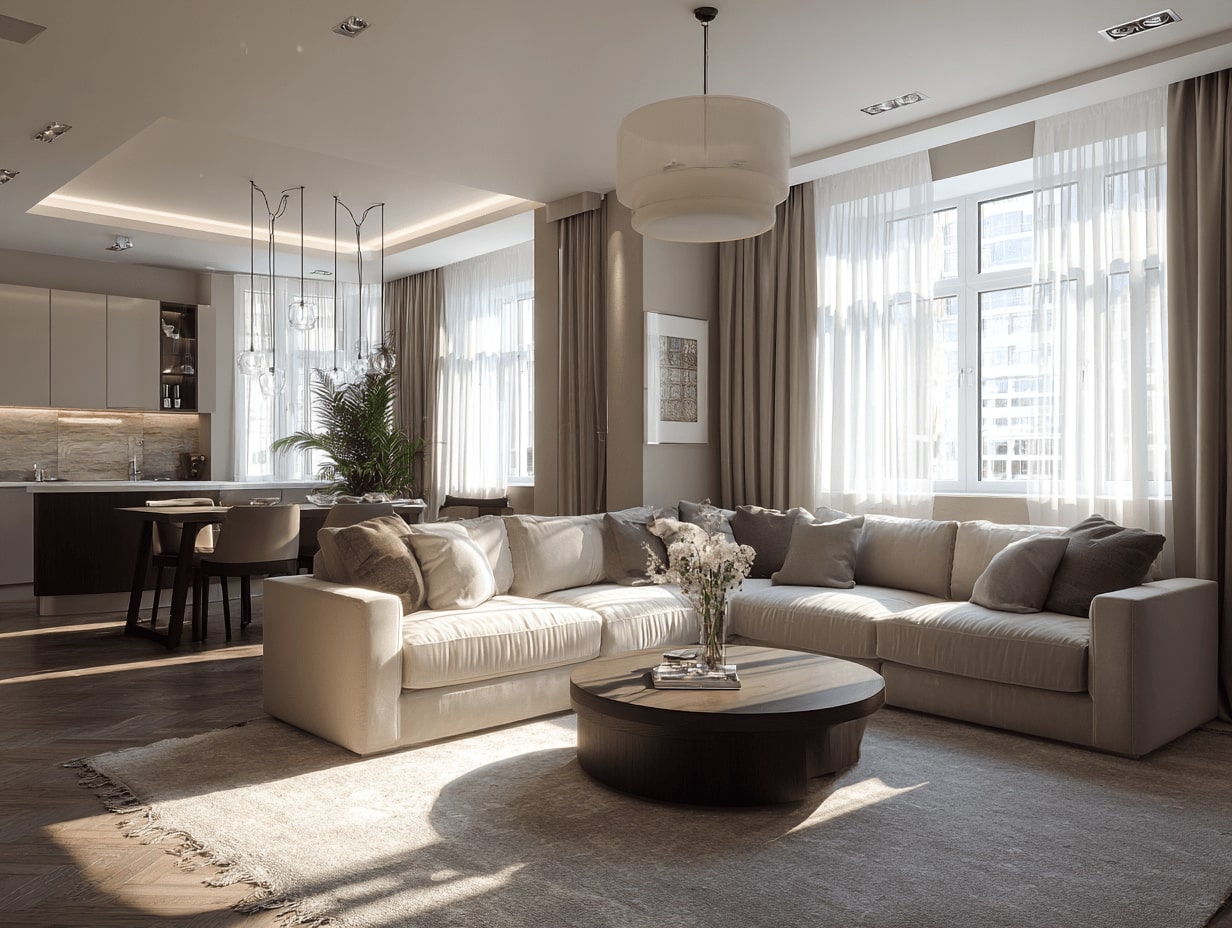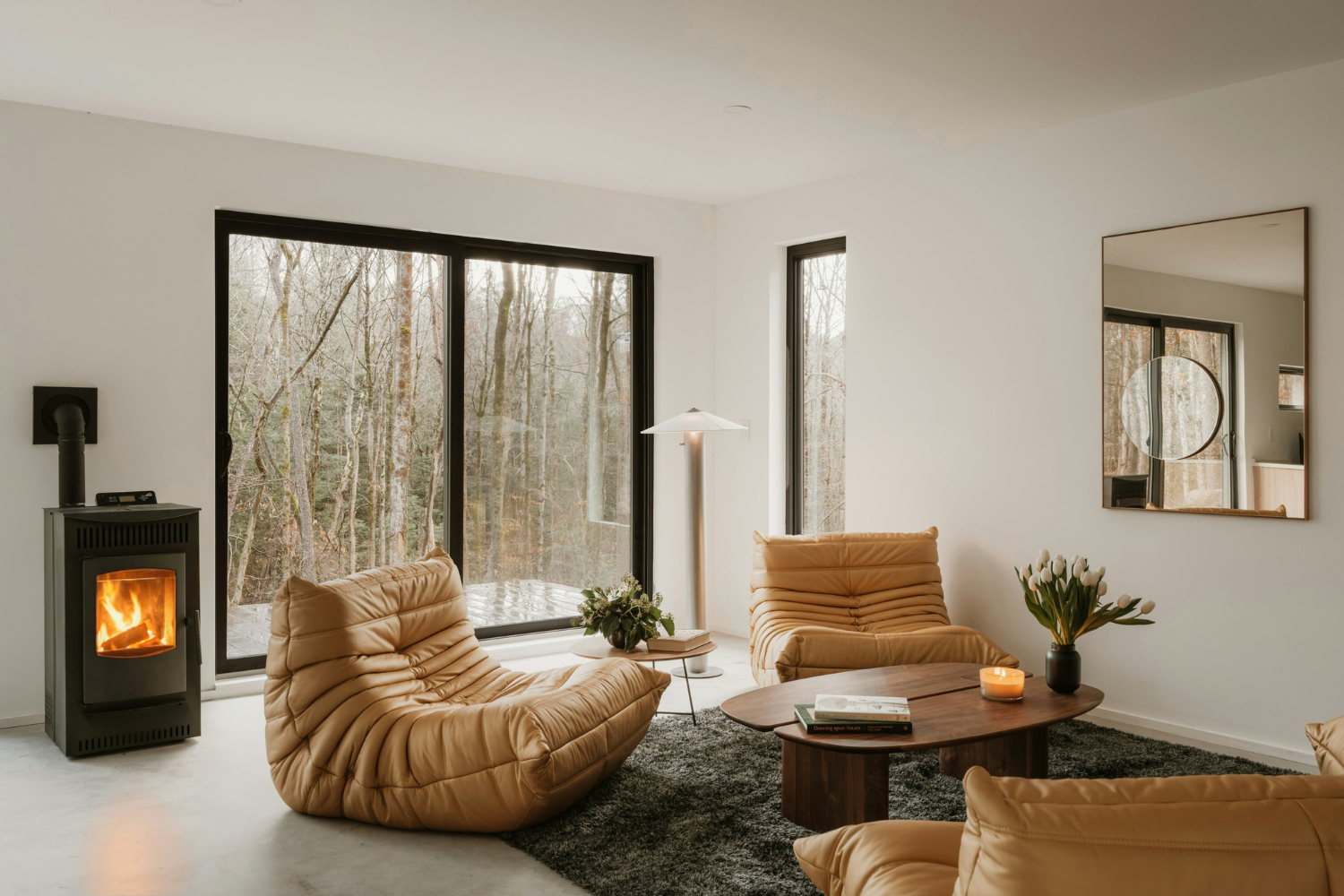- Home
- Articles
- Architectural Portfolio
- Architectral Presentation
- Inspirational Stories
- Architecture News
- Visualization
- BIM Industry
- Facade Design
- Parametric Design
- Career
- Landscape Architecture
- Construction
- Artificial Intelligence
- Sketching
- Design Softwares
- Diagrams
- Writing
- Architectural Tips
- Sustainability
- Courses
- Concept
- Technology
- History & Heritage
- Future of Architecture
- Guides & How-To
- Art & Culture
- Projects
- Interior Design
- Competitions
- Jobs
- Store
- Tools
- More
- Home
- Articles
- Architectural Portfolio
- Architectral Presentation
- Inspirational Stories
- Architecture News
- Visualization
- BIM Industry
- Facade Design
- Parametric Design
- Career
- Landscape Architecture
- Construction
- Artificial Intelligence
- Sketching
- Design Softwares
- Diagrams
- Writing
- Architectural Tips
- Sustainability
- Courses
- Concept
- Technology
- History & Heritage
- Future of Architecture
- Guides & How-To
- Art & Culture
- Projects
- Interior Design
- Competitions
- Jobs
- Store
- Tools
- More
Explore Modern Furniture Design Ideas for Stunning Interior Transformation
Explore how modern furniture design transforms interiors with style and functionality. Discover ideas like modular sofas and minimalist tables that cater to contemporary needs, while emphasizing eco-friendly materials and smart technology.

In the ever-evolving world of interior design, modern furniture plays a pivotal role in transforming spaces into sleek, functional havens. As we embrace contemporary aesthetics, we’re constantly on the lookout for innovative design ideas that marry style with practicality. Modern furniture isn’t just about clean lines and minimalism; it’s about creating environments that reflect our dynamic lifestyles and personal tastes.
We find ourselves drawn to pieces that offer versatility and adaptability, catering to the multifunctional needs of today’s homes. Whether it’s a modular sofa that redefines relaxation or a minimalist dining table that doubles as a workspace, modern furniture design is all about blending form and function. By exploring these cutting-edge ideas, we can craft interiors that are not only visually stunning but also incredibly practical. Let’s dive into the world of modern furniture design and discover how it can elevate our living spaces to new heights.

Table of Contents
ToggleThe Evolution of Modern Furniture Design
Modern furniture design has evolved dramatically over the decades, blending technological advancements with cultural shifts. Mid-20th century design icons, like Eames and Saarinen, introduced clean lines and organic shapes, redefining functionality and aesthetics. Their influence persists, laying a foundation for contemporary designers.
Sustainability now plays a crucial role in furniture design. We see a shift towards eco-friendly materials and production techniques, reflecting growing environmental awareness. Designers prioritize not only aesthetic value but also ecological impact, leading to innovative uses of recycled materials and renewable resources.
Technology integration in furniture design represents another significant evolution. Smart furniture—such as adjustable standing desks—showcases the seamless blend of technology and function. This trend extends to home automation systems where furniture responds to user needs, enhancing convenience and comfort.
In recent years, customization has become key. Modular furniture allows personalized configurations catering to diverse preferences and spatial requirements. This adaptability aligns with our need for versatile living solutions in ever-changing urban environments.
The evolution of modern furniture reflects broader societal changes. By embracing new materials, technologies, and design philosophies, we create interiors that are as stylish as they are practical.

Key Characteristics of Modern Furniture
Modern furniture combines classic design elements with contemporary needs, creating spaces that are both aesthetically pleasing and functional. Let’s explore the defining features of this style.
Minimalism and Functionality
Modern furniture prioritizes clean lines and simplicity. Each piece is designed with a focus on function, reducing unnecessary ornamentation. Examples include sleek coffee tables and streamlined chairs that offer efficiency without sacrificing style.
Use of Sustainable Materials
Sustainability becomes crucial as modern designs embrace eco-friendly practices. Furniture often incorporates materials like reclaimed wood and recycled metal, reflecting environmental consciousness. These choices not only reduce waste but also align with sustainable living principles.
Integration of Technology
Technology integration is a hallmark of modern furniture. Smart features like charging ports in desks and adjustable lighting in mirrors elevate convenience. This seamless blend of design and innovation enhances how we interact with our living spaces.

Popular Modern Furniture Designs
We’re seeing a resurgence of diverse design styles in modern furniture, redefining interiors with eclectic influences. This exploration includes elements like Scandinavian simplicity, mid-century elegance, and urban industrialism.
Scandinavian Influences
Scandinavian design focuses on simplicity and functionality. Designers use natural materials like wood and leather to craft pieces with clean lines. For instance, a simple yet elegant wooden chair can serve as both a functional piece and a stunning decor element. This style embodies the ethos of “less is more,” often resulting in airy, bright spaces that promote relaxation and comfort.
Mid-Century Modern Revival
Mid-century modern design has made a notable comeback, celebrated for its timeless appeal and organic forms. Furniture often features tapered legs and geometric patterns, as seen in iconic chairs and teak sideboards. These elements blend seamlessly into contemporary settings, offering a nostalgic touch while maintaining functionality and elegance.
Industrial and Urban Styles
Industrial design speaks to urban sensibilities, characterized by raw materials like exposed metals and distressed wood. It’s common to see items such as metal pendant lights and open-shelving units. These materials offer a rugged charm that contrasts with softer interior elements, creating a balanced and chic look. This style often repurposes materials to contribute to sustainability, aligning with modern eco-conscious trends.
Modern Furniture in Different Rooms
Modern furniture transforms each room by blending design with functionality. Let’s explore how these pieces enhance various spaces.
Living Room Ideas
Modern living room furniture focuses on versatility and style. Modular sofas allow customization according to space and preferences, while sleek coffee tables with integrated storage maximize functionality. Use clean-lined shelves and cabinets to maintain a minimalist aesthetic. Incorporate smart lighting to illuminate the area and highlight feature pieces.
Bedroom Inspirations
In modern bedrooms, comfort meets elegance. Choose platform beds with built-in storage to optimize space. Type bed frames made from sustainable materials enhance eco-friendliness. Incorporate minimalist dressers and nightstands that emphasize clean lines. Use ambient lighting and smart controls to create a calming environment, ideal for relaxation.
Kitchen and Dining Trends
For kitchens and dining areas, modern furniture blends practicality with chic appeal. Minimalist dining sets in natural materials provide a timeless look, while bar stools with adjustable heights add versatility. Opt for open shelving to display beautiful dishware while maintaining organization. Select smart appliances and fixtures to enhance efficiency and convenience, making meal prep a breeze.

Benefits of Incorporating Modern Furniture
Incorporating modern furniture into interior design offers numerous advantages that enhance both aesthetics and functionality. Modern furniture seamlessly combines style with practicality, transforming spaces into contemporary havens.
Enhanced Aesthetic Appeal
Modern furniture contributes significantly to the visual appeal of spaces. Its sleek lines and minimalist designs create an open and airy environment. The use of neutral tones and bold accents allows us to craft a personalized look without overwhelming the space. Iconic pieces, like Eames Chairs or Saarinen Tables, often serve as conversation starters owing to their unique design perspectives.
Improved Space Efficiency
Space efficiency stands out as a prime advantage of modern furniture. Pieces like modular sofas and extendable dining tables ensure that every inch of space is utilized effectively. Built-in storage options concealed within beds or coffee tables minimize clutter, offering a tidy, organized atmosphere. This approach aligns perfectly with the demands of urban living, where maximizing use of limited space is crucial.
Flexibility and Customization
Flexibility offered by modern furniture allows us to modify interiors according to changing needs. Modular pieces can be rearranged to fit different room layouts or preferences. Customizable elements, like adjustable shelving systems and interchangeable components, cater to our individual tastes and spatial requirements. This adaptability ensures our interiors remain functional and aesthetically pleasing over time.
Conclusion
Modern furniture design significantly impacts interior spaces with its blend of aesthetics and functionality. We’ve explored how innovative ideas, like modular sofas and minimalist tables, transform living areas into stylish and practical environments. This evolution in design reflects the influence of iconic mid-20th century designers and the increasing focus on sustainability with eco-friendly materials.
We’ve noticed the integration of technology, which enhances convenience in daily life, making smart furniture a modern necessity. Customization trends provide personalized solutions adapting to different preferences and spatial constraints. Our exploration showed how modern furniture’s key characteristics emphasize minimalism, functionality, and eco-conscious design.
Popular styles like Scandinavian and mid-century modern demonstrate the versatility and timeless appeal of modern design, while industrial influences offer a unique aesthetic. Specific applications in living rooms, bedrooms, kitchens, and dining areas illustrate the diverse benefits of these designs, promoting flexibility, space efficiency, and personalization.
Modern furniture not only uplifts the look of interiors but also aligns with contemporary lifestyles and societal shifts. Embracing these designs results in spaces that are as functional as they are beautiful, reflecting our evolving needs and values.
- bedroom furniture design
- chic interior decor
- contemporary furniture ideas
- dining room furniture trends
- eclectic furniture styles
- elegant home furnishings
- functional furniture design
- furniture design inspiration
- furniture trends 2023
- industrial furniture ideas
- innovative furniture concepts
- interior transformation tips
- luxury furniture design
- mid-century modern furniture
- minimalist furniture ideas
- Modern Furniture Design
- Modern Interior Design
- modern living room furniture
- scandinavian furniture design
- sleek furniture design
- small space furniture solutions
- stylish home decor
- sustainable furniture design
- trendy furniture styles
- urban modern furniture
illustrarch is your daily dose of architecture. Leading community designed for all lovers of illustration and #drawing.
Submit your architectural projects
Follow these steps for submission your project. Submission FormLatest Posts
Modern American Homes: Interior Design Trends to Watch in 2026
Interior design in the United States is evolving toward warmer, more adaptable,...
BXB Studio’s Hybrid Interior: Redefining the Modern Architectural Workplace
The Warsaw headquarters of BXB Studio was established in a modest 70...
How Furniture Design Shapes Interior Atmosphere
Discover how furniture design shapes interior atmosphere with practical cues on style,...
5 Must-Know Interior Design Trends in American Homes
From warm minimalism to bold oversized artwork, these five interior design trends...












Leave a comment